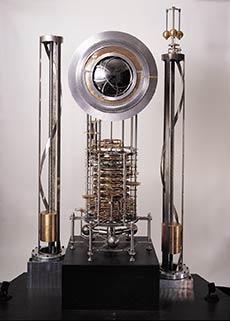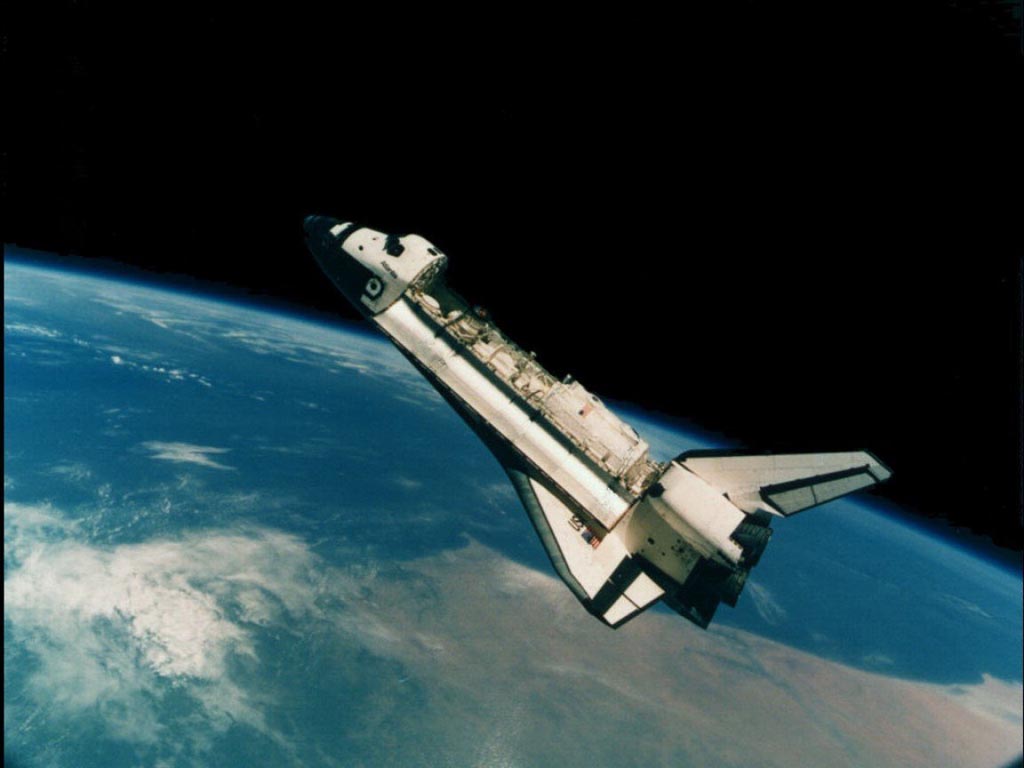Thomas Jefferson has a podcast. That’s right, you can now listen to our third President discuss his views on a wide range of subjects in a weekly show, The Thomas Jefferson Hour, that bills itself as “A Radio Program that Models Civil Discourse, Critical Thinking and Good Citizenship.” You can subscribe on iTunes or just browse and listen to individual mp3s.
Today I listened to Episode 761: The Long Now. President Jefferson begins by describing what he feels are the necessary elements of a good conversation: one in which we take time to really connect, we listen to each other, and everyone contributes. There were the obligatory comments about how today’s communication modes are less and less conducive to that kind of conversation, trending towards short exchanges, abbreviations, and interruptions. To that I would add that much of our communication is also more ego-centric: tweeting, blogging, and posting status updates on Facebook are all about pushing out to the world some information about ourselves, not about mutual exchanges or real conversation, even when comment facilities are provided. But I think that is just different, not necessarily bad; those who thrive on deep prolonged conversation with like minds will seek that out anyway, in whatever form they can find it. That said, a reminder is always welcome of the value of slowing down and getting the chance to connect with others through the exchange of ideas and analysis.
 The show then focused on the 10,000 Year Clock being built by The Long Now. The goal of this project is to provide a symbol to inspire all humanity to take the long view. The Clock will provide a reminder to consider the impact of what we do and create, which may reach forward in time hundreds or thousands or more years. Rather than focusing myopically on our narrow lives and their brief extent, we can consider what lies beyond, outside, and long after we are gone. I’m doubly fascinated by this project, because it also served as the inspiration for Anathem, by Neal Stephenson, the best book I read in all of 2009.
The show then focused on the 10,000 Year Clock being built by The Long Now. The goal of this project is to provide a symbol to inspire all humanity to take the long view. The Clock will provide a reminder to consider the impact of what we do and create, which may reach forward in time hundreds or thousands or more years. Rather than focusing myopically on our narrow lives and their brief extent, we can consider what lies beyond, outside, and long after we are gone. I’m doubly fascinated by this project, because it also served as the inspiration for Anathem, by Neal Stephenson, the best book I read in all of 2009.
But the point of mentioning this project on the TJ Hour was to find out what Thomas Jefferson would have thought of such an endeavor. And we learn that President Jefferson was awfully fond of clocks himself (had 29 in his house, including one too big to fit indoors, so he cut a hole in the floor to let it extend down into the cellar) but that he is skeptical of how a clock, with its fundamental purpose of precisely marking out time, could help us disengage from the ticking moments of the present and think further ahead. He talks at some length about how the very imprecision of clocks in his time went hand in hand with a less frenetic life pace, when days were ruled more by the position of the sun than by an external, ticking, whittling-away sort of device. He also mentions the role clocks played in the Lewis and Clark expedition—an interesting side note that I would have liked to hear more about. I enjoyed his advice about how to slow down time: take an hour’s walk, or grow a garden. Both of these encourage you to let go of your strangle-hold on time, and allow it to stretch out in an organic way. But (in my opinion) while they do also encourage free-wheeling mental activity, which for me often does lead to bigger, weightier thought about my own future, they don’t necessarily prompt me into a centuries- or millennia-long view. I think this clock, for me personally at least, could well provide inspiration more along those lines.
I could not determine from the website how long this show has been running, but given that the most recent episode is #803 and it is a weekly show, I guess it must have been going for something like 15 years! I find that incredible! And it’s a mere 0.15% of 10,000 years! I guess I do need a longer view.
Now if only John Adams would create his own podcast, too.

